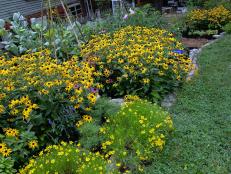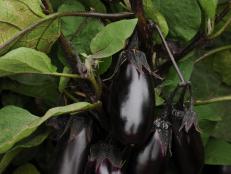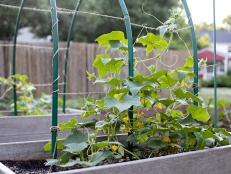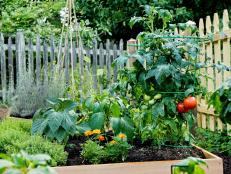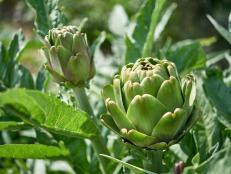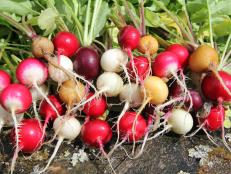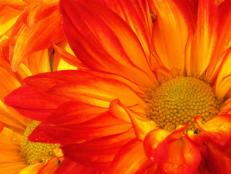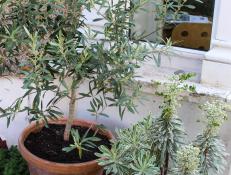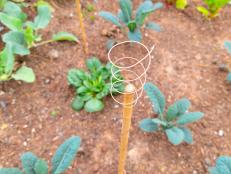Planting Fall Peas
Cultivate a fall crop of peas with these helpful suggestions.
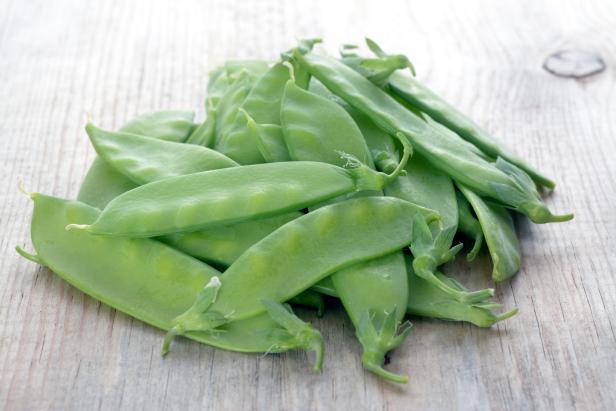
AN NGUYEN / Shutterstock.com
QUESTION:
I have a community garden and am planning on planting peas for the fall. Fellow gardeners have told me they have bad luck with fall peas, but I'm going to try 'Snowbird' and 'Maestro', which are both recommended for fall. I prepared an area by working in a small amount of well-rotted manure, a good amount of grass clippings (the soil was pretty heavy and tends to compact), and a sprinkling of dried blood and bone meal; all worked into the top 4 inches. I'm going to soak the seeds 24 hours and inoculate them. (I don't know whether there have been peas in this area before.) Is there anything special I need to do to have success with a fall crop? What would cause my fellow gardeners to have good spring crops and bad luck in the fall?
ANSWER:
It sounds as though you're all prepared and ready to grow a fall crop of peas. Pea seeds germinate best at soil temperatures of 50 to 77 degrees Fahrenheit and will emerge in six to 14 days when sown about one inch deep and one inch apart. Standard germination rate for peas is about 80 percent. Since peas grow best in lower temperatures, perhaps your gardening friends planted too early for a fall crop.
Peas take from 75 to 120 days to mature, depending upon variety. 'Maestro' matures in 110 days; 'Snowbird' in 58 days. You can harvest right up until frost, so count back the number of weeks from your usual first frost of the season, add about a week for germination and plant on the target date for the variety you're growing. Keep the seedbed moist until the plants emerge. Good luck with your pea garden!






